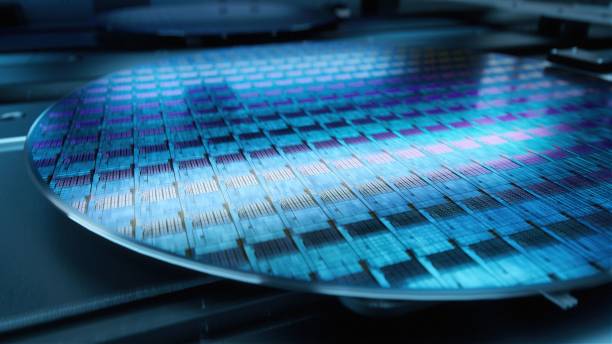The Hidden Gems of Microcontrollers: A Look into Arduino
There's a world of electronics that goes beyond what most people see. In this world, microcontrollers reign supreme, building a bridge between the digital and the physical realms. Arduino, one of the most popular microcontroller platforms in this universe, is the focus here.

The Birth of Arduino
Arduino’s journey began in 2005 at the Interaction Design Institute Ivrea, Italy. The name “Arduino” pays homage to a bar in Ivrea, where the founders used to meet. The project was conceived to provide students with a low-cost, easy-to-use technology to create digital projects.
The original Arduino board, designed by Massimo Banzi and David Cuartielles, was built around the ATmega8 microcontroller from Atmel (now part of Microchip Technology). The design was open source, which means anyone could make their version of the Arduino board. This open-source nature significantly contributed to Arduino’s popularity and widespread adoption.
Arduino’s Rise to Popularity
Arduino’s simplicity, affordability, and flexibility made it a hit among hobbyists, students, and professionals. Its user-friendly programming environment, based on the Wiring development platform, made it easy for users with little or no experience to create interactive electronic projects.
Today, there is a vast ecosystem of Arduino boards, each designed for specific tasks. From the tiny Arduino Nano to the powerful Arduino Due, there is an Arduino board for almost every application. These boards have been used in countless projects, from simple LED blinkers to complex drones and robots.
The Current Scenario
The Arduino platform continues to evolve, addressing the needs of the modern world. The latest Arduino boards, like the MKR WiFi 1010 and the Nano 33 IoT, come with built-in Wi-Fi and Bluetooth capabilities, making them perfect for Internet of Things (IoT) projects.
In 2020, the Arduino Nano Every was launched, a compact board with the ATmega4809 microcontroller. This board offered more memory and better performance than its predecessor, the Arduino Nano, at a similar price range. The market reacted positively to this new addition, further establishing Arduino’s place in the world of microcontrollers.
The Impact of Arduino
Arduino has democratized the world of microcontrollers, making it accessible to everyone, regardless of their technical skills or budget. It has empowered people to create, invent, and learn, fostering a culture of innovation and experimentation.
Arduino’s impact goes beyond the hobbyist realm, though. Many professionals use Arduino for prototyping, given its ease of use and flexibility. It has also found its way into the classrooms, helping to inspire the next generation of engineers and scientists.
The Future of Arduino
Arduino’s future looks bright. The company continues to innovate, with new boards and modules released regularly. Arduino’s move towards IoT and connectivity indicates an understanding of the market’s direction and a willingness to adapt.
As technology evolves, Arduino’s role will undoubtedly shift and adapt. Yet, its commitment to simplicity, affordability, and open source will likely remain, continuing to empower creators and innovators around the world.
In conclusion, Arduino is more than just a microcontroller platform. It represents a movement, a culture that values creativity, learning, and innovation. As our world becomes more digital, tools like Arduino will become increasingly important, helping us interact with and shape our digital environment.





